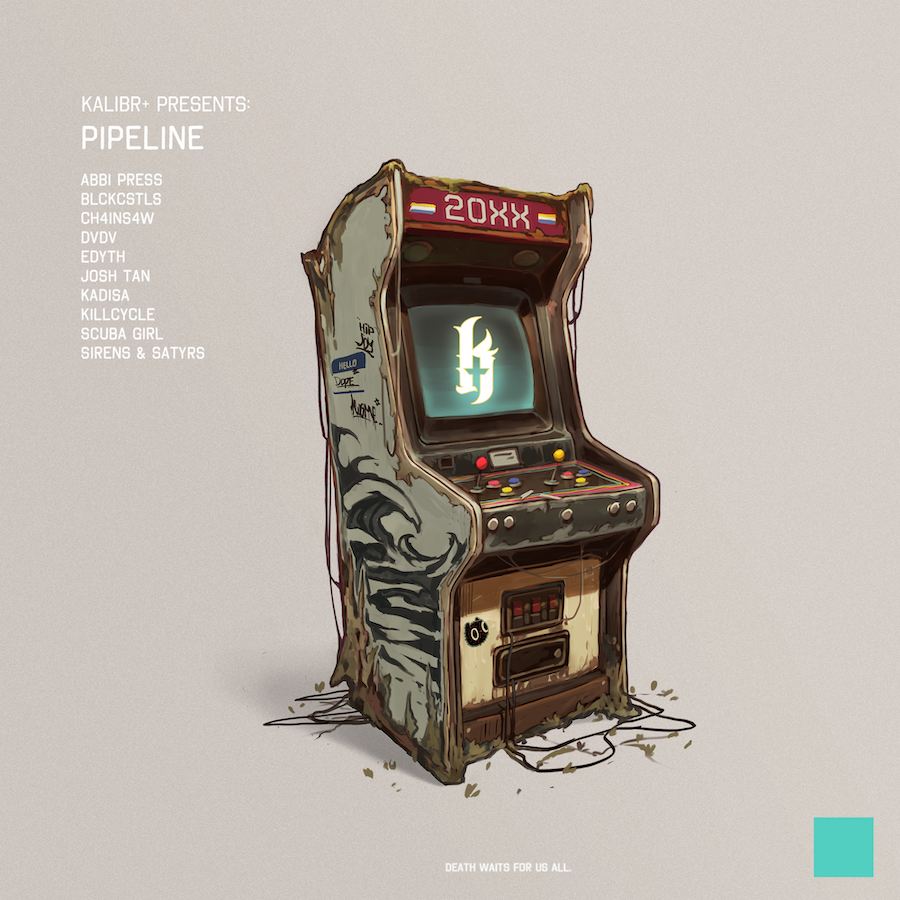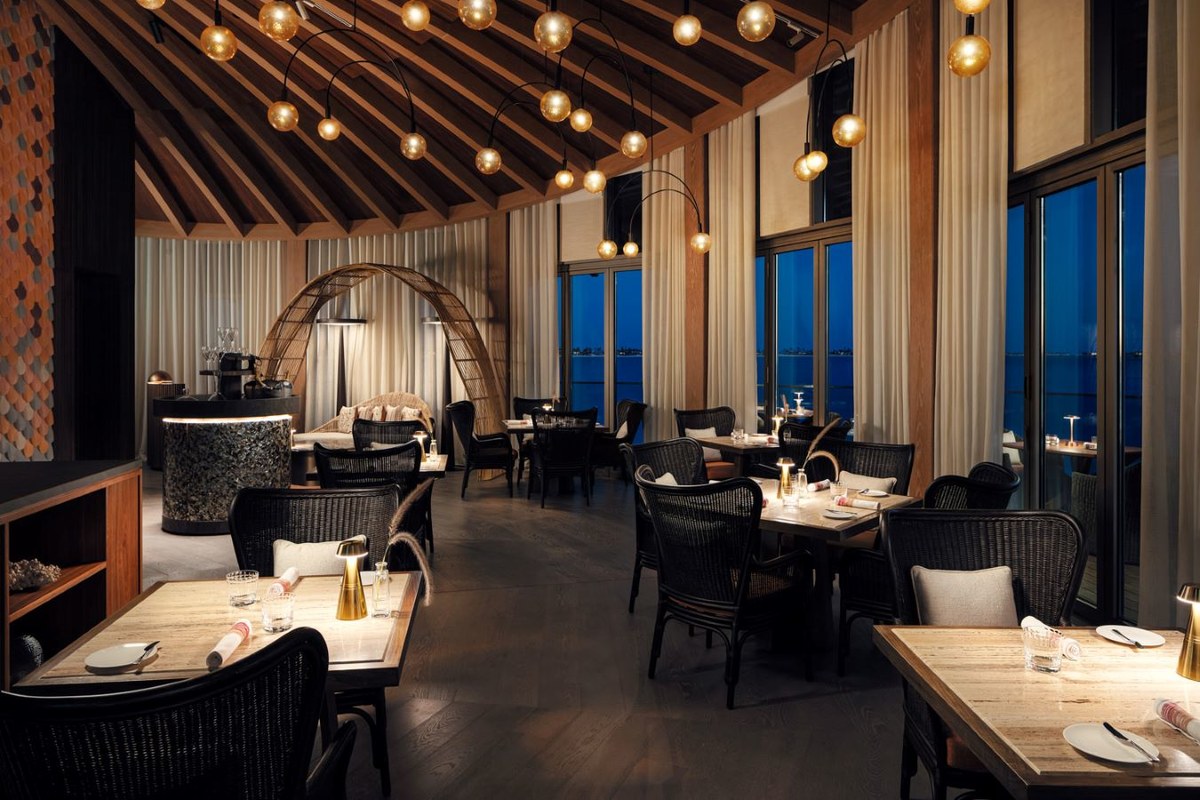DUBAI: Born out of sheer desperation and hunger for an outlet for their creativity, a group of musicians, producers and artists banded together to form Kalibr+ one of the most innovative collectives to come out of the region in recent years.
The Kuwait-based organization is something of an anomaly. Founded in 2014 by a group of friends, it has gained a reputation as a unique brand thanks to its distinctive DIY, underground approach to all its projects. It is a record label hybrid designed for the modern era, a “creators’ playground” that is self-assured in its eccentricities (clearly evident from a quick look at the official Instagram account) and out-of-the-box musical identity.
“Kalibrplus was founded right after I graduated from college as a loose creative platform that eventually became audio-visual based,” Mohammed Abnoaf (aka St. Gold) tells Arab News. “It’s an Arab-born international collective of Internet-based content creators.”

Kalibr+ recently released its latest compilation album. (Supplied)
Those creators currently include Ch4ins4w, dvdv, Scuba Girl/Yung Bubu, Josh Tan (Sirens and Satyrs), DJ Cherry Cola, Ghostclown? and St. Gold. But over the years many others have contributed to the collective’s rise.
Kalibr+ recently released its latest compilation album. “Pipeline” features16 tracks that mesh and mold genres including jungle, noise, metal and techno in ways that, on paper, shouldn’t work but somehow do. The compilation was released digitally and is available to stream online. As always, Kalibr+ is relying mainly on word-of-mouth for marketing.
“It is a strange compilation album for us, because it was also sort of like our 'Apocalypse Now.’ It was in development for a long while but once it was together we realized everyone involved had honed their skills so much that the production was immaculate and sure, the visual representation was solid and so was its messaging, the mastering, the promotion aspect of it… Everything felt tight and more confident,'” says Abnoaf. “We wanted to translate the feeling of us being in the Wild West — in terms of the music industry — and draw it to being in the desert, something that we know very well. It felt colorful, daring, strange, left-field and loose in just the right ways, so it’s a (good) representation of who we are and what we do, while maintaining a good flow.”
And as you’d expect from a creative collective, the album artwork is hugely important too. The retro-style arcade machine on its cover is a shout out to one of the group’s main influences, Abnoaf explains: “We always wanted to give credit to where a lot of our inspiration comes from — video games.”
























